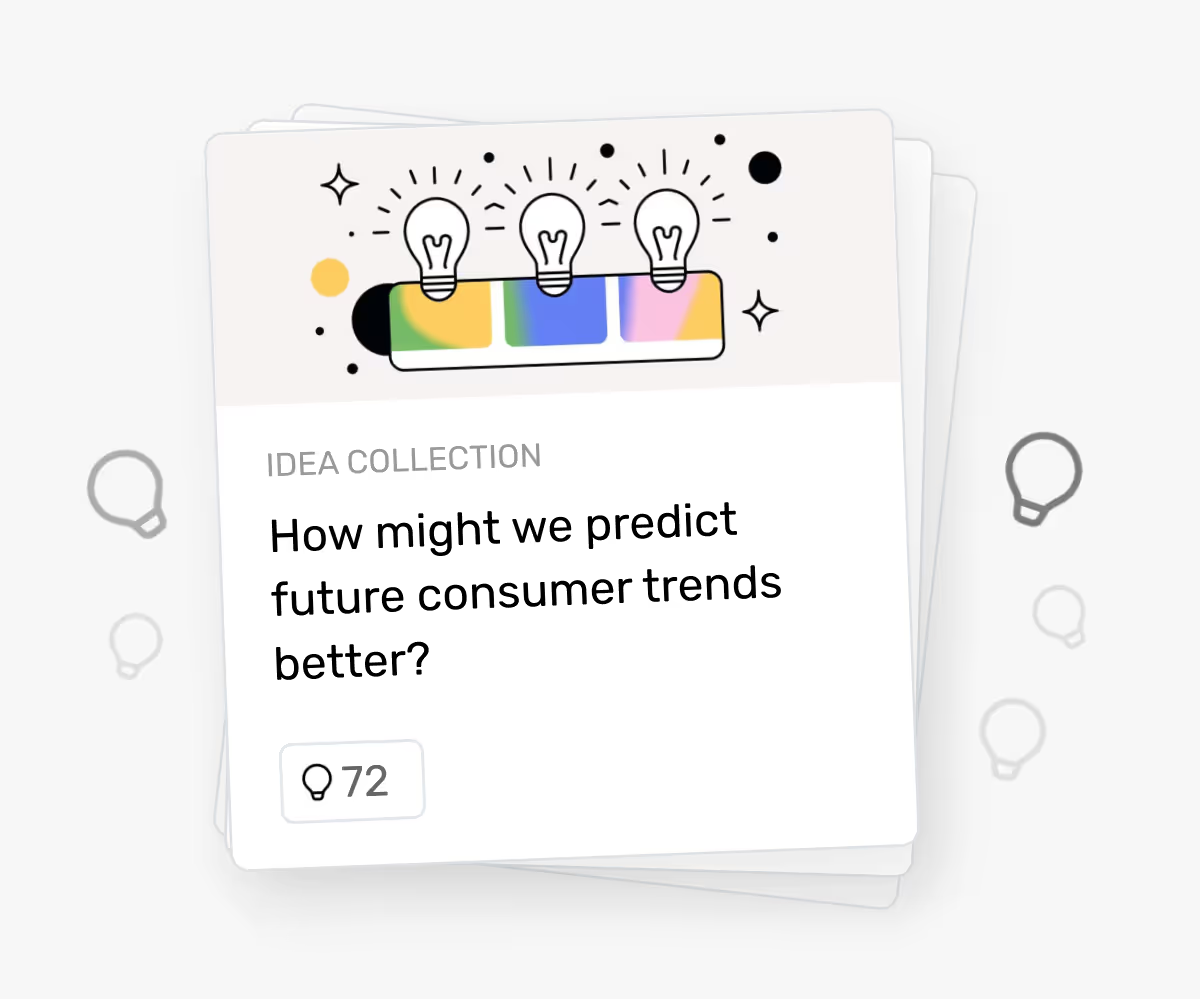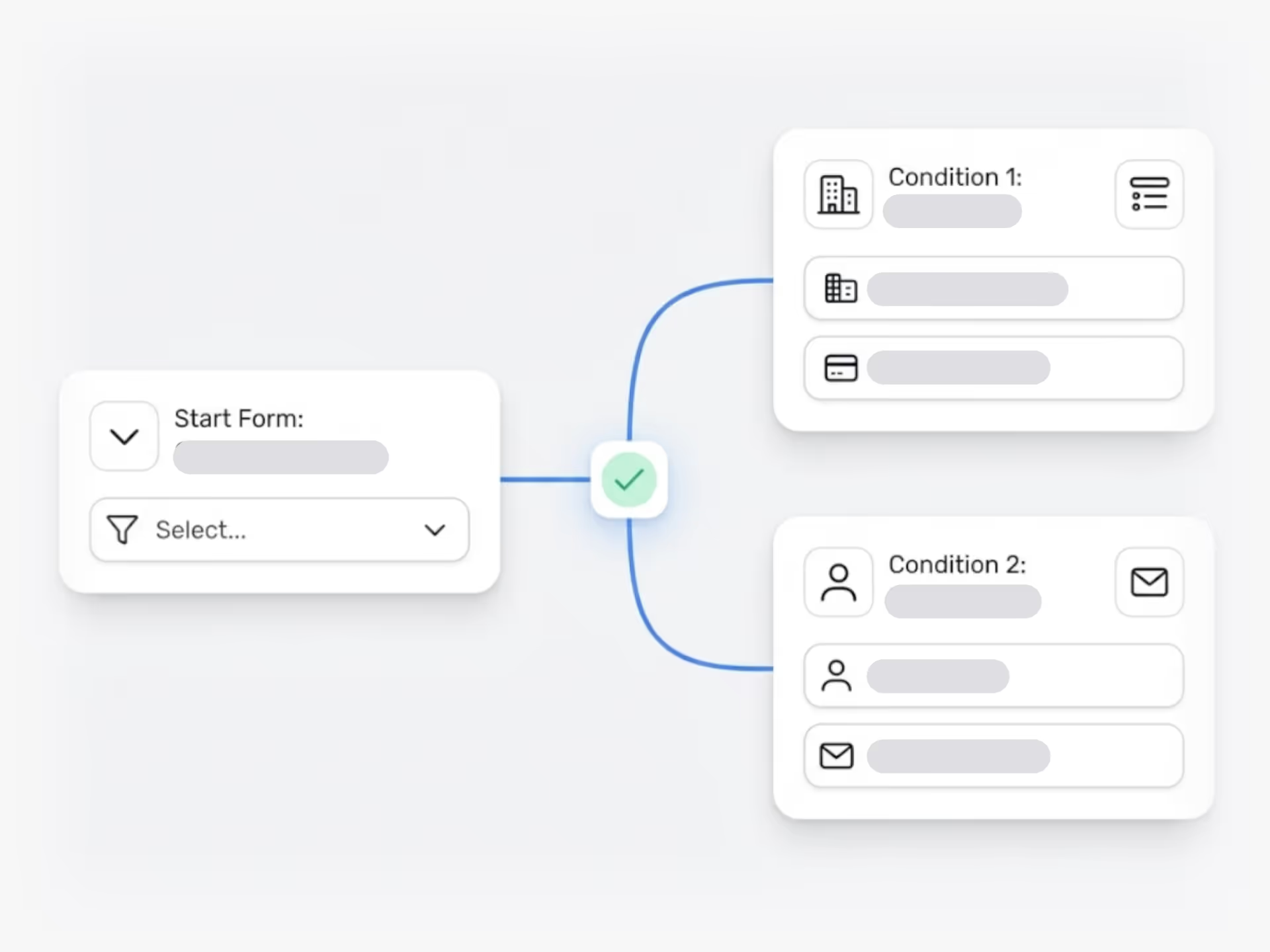Collect the Ideas that Matter
Stop missing ideas across post-its, emails and chats. It's time to launch goal-driven idea collection to customers and employees.
Capture Ideas in Seconds
Capture ideas quickly. From teammates, clients or a global crowd — crowdsource new solutions from the combined intelligence of the many.
Eliminate Friction
Ideanote's idea collections are accessible to all, easy to use and works for asynchronus idea collection too. A tool built for idea collection.
Improve Quality
Not all ideas are born equal — make sure ideas are heard by providing the right context, any helpful guiding form fields you need.
Collect. Source. Gather.
Whatever you call it, Ideanote lets you go from unstructured idea chaos to structured idea collections that serve your business.
One Place For Ideas
Secure hub with structured sections, workflows, AI, and dashboards for centralized pipeline, reporting, and access control.

Get the right ideas from the right people
Launch idea collections focused on what matters. Cost savings. New products. Better processes. You choose the topic.

Structured Idea Areas
Group idea collections by department, team, or location. Set access rights and assign section owners to manage collections.

Start Fast With Ready-Made Templates
Pick from 100+ templates built for innovation teams. Or save your best work as a template others on your team use again and again.

Build Forms That Actually Get Filled Out
Add dropdowns, sliders, and custom fields to your idea forms. Collect the right info without the hassle.

Smart Form Logic
Show fields based on answers to collect only needed details, reduce noise, and speed idea review.

It's Time to Source Valuable Ideas
Launch goal-driven idea collections with ease.
Central workspace for ideas, workflows, and results.
Run time-bound campaigns or always-open idea streams
Organize your workspace into sections with assigned owners
Save idea-collection templates for personal or workspace use
Custom idea forms in Ideanote: fields, conditional logic, defaults
Show fields based on earlier answers
Set a submission deadline. New ideas blocked after date.
Allow idea submitters to hide their identity.
Collect ideas via customizable widget with SSO and styling
Collect ideas without requiring sign-up or login
Share configurable links to workspaces, teams, or collections
Rich text field: format ideas with images, lists, tables
Save quick idea drafts, edit later, AI fills forms when ready
Share idea ownership for joint editing and notifications
Smart and Easy Idea Management
Try Ideanote for Free. No Credit Card Required.

















